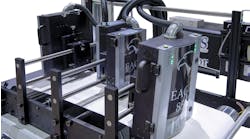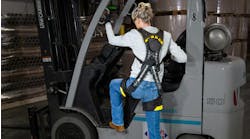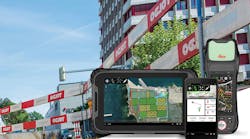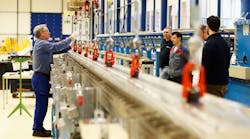Safety training is critical in the construction industry because it’s a high-risk workplace with hazardous work. Dangerous situations are part of the everyday working environment which leads to a constant challenge for construction companies to create and deliver effective safety training.
“The traditional way of handling safety training tends to be boring and doesn’t take into account the natural learning style of construction workers,” says Abby Ferri, vice president, national construction practice, Hays Companies, a Minneapolis, Minnesota-based risk management, insurance, and employee benefits advisor. “It is more effective to provide hands-on training, and if this can’t be done in the immediate workplace, the training should be done in some sort of a simulation of the workplace or at least do meaningful activities that bring the workplace into the classroom.”
Ferri, who has been actively involved in construction safety for more than 16 years, has found that rather than building a PowerPoint presentation for a particular training topic, it is significantly more effective to determine the learning objectives and goals for the particular training, identify learning activities that can be facilitated with the students (workers) and then guide them through the training. “It is important,” she stresses, “that the training be interactive because this helps to keep everyone involved."
“People being trained need to have the opportunity to share their experiences and bring their on-the-job knowledge to the training,” explains Ferri. “This is an adult learning principle that says adults benefit most from experiences that are problem-based and collaborative.”
The trainer needs to digest what is being shared, understand the group that is taking the training and if necessary, adjust the learning activities – or even the content of the training—to make it appropriate and applicable, she says.
Out and About
Rather than in a classroom setting, Ferri is conducting an “in the field” Safety Tech Trek at the upcoming ICUEE, October 1-3, 2019, in Louisville, Kentucky. She will be walking around the show floor discussing how new equipment and technology can help keep workers safe.
“Despite what some think, technology is for every company,” she maintains. “It’s a matter of finding what technology works with a company’s culture and can supplement that culture, plus make things easier.
“Under the lens of training, if there is technology for the sake of using technology, this may not resonate well with the workers. But the technology that helps them do their jobs better, safer, and more efficiently will prove beneficial.”












